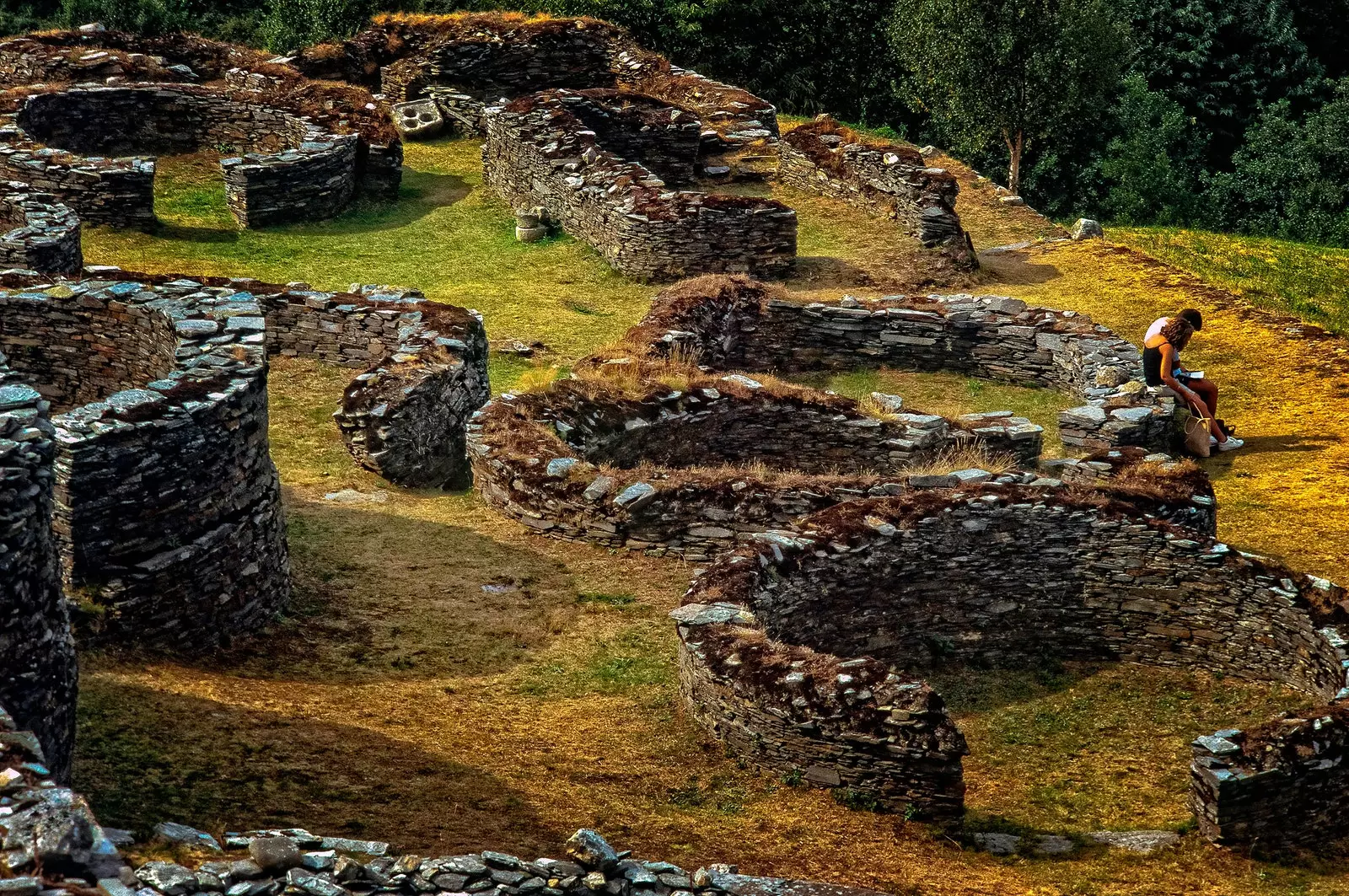
In the footsteps of the Castro culture in Asturias
The hill forts are part of the cultural wealth of western Asturias , as well as northwestern Spain and northern Portugal. With a history that precedes the arrival of the Romans to the north of the Iberian Peninsula and that archaeologists place in the first millennium before Christ, between the end of the Bronze Age and early Iron Age , these sites offer a unique opportunity to imagine what life was like at that time.
The castro culture characterized by the exploitation of the natural resources available in the vicinity, from hunting to arable land . In many cases, the current sites encompass the fortified spaces that these inhabitants built to live and protect themselves from possible attacks from other rival towns . Many of the cabins had a circular floor plan , and they were defended by monumental walls or very deep moats, making use of the topographical resources and the orography of the place to organize the defense of their settlement. Thanks to the excavations it has been discovered that the inhabitants of the castros had skills with pottery and metallurgy.
Furthermore, many of these deposits , some excavated in recent decades, being located in natural spaces of extraordinary beauty, on promontories or at the top of the mountains, they offer impressive views.
FORT OF COANA
One of the best preserved forts in northern Spain is the Coaña fort , which is located very close to Navia, just over an hour from Oviedo. The lovely hill on which this assent rests is on the left bank of the Navia estuary , and the first data we have of Excavations on it date from the end of the 19th century. . The fort is divided into several sections, the acropolis, which has a triangular floor plan and it is believed that it was not for residential use, it was surrounded by a wall. the north quarter , which was the inhabited area of the fort, has cabins with a circular floor plan, and within it there is a sacred enclosure in which the rustic saunas are considered to have been located.
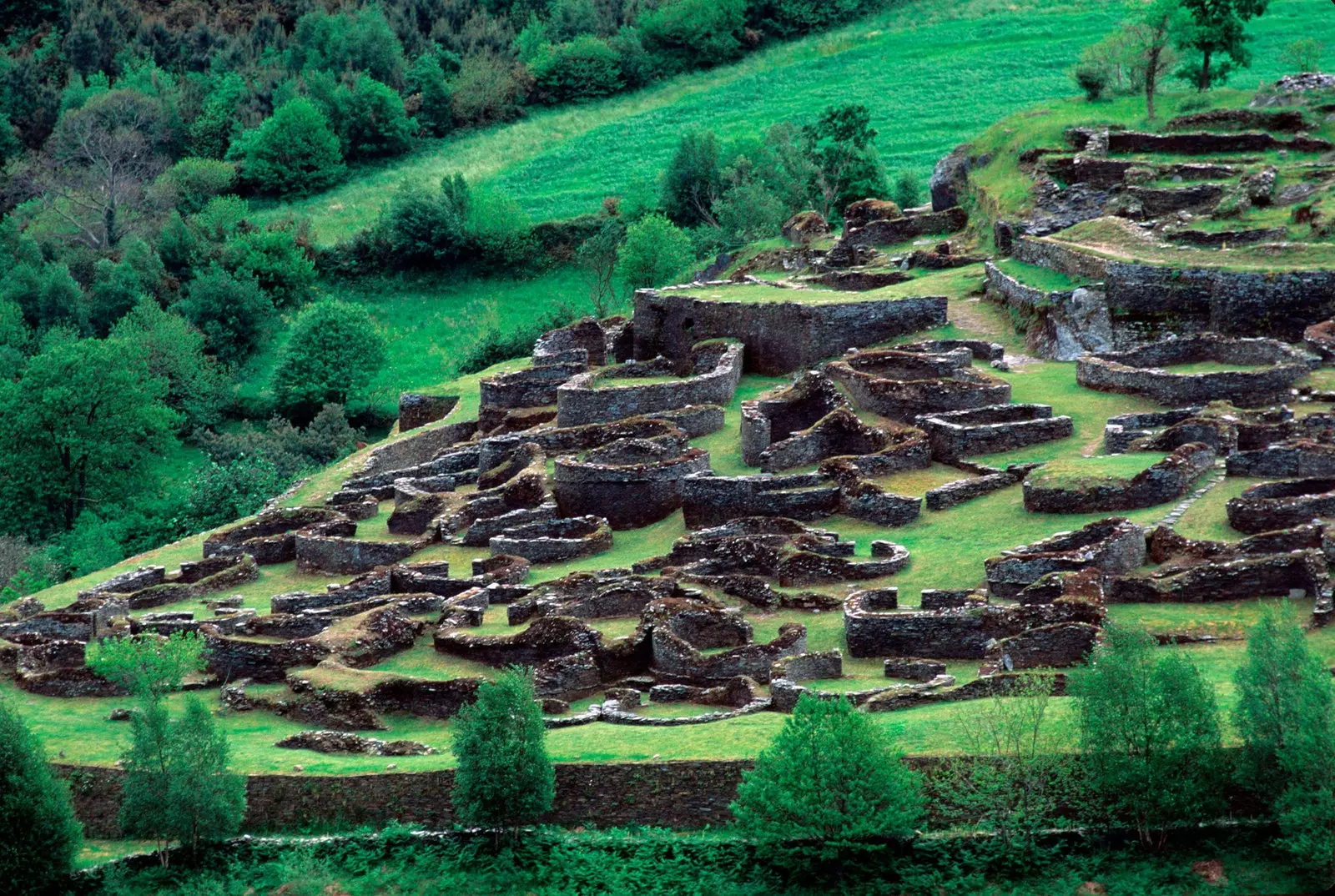
Castro de Coaña
CASTRO DEL CHAO SAMARTÍN
Located on the outskirts of Salime pomegranates , East fortified fort dates from the 4th century BC . and it is preserved in very good condition, so it is very easy to appreciate the organizational details of what was once a town with an urban refinement not previously documented for that time.
An impressive moat followed by an imposing wall meant that entry was possible only from the south side of the town, where the gateway was. Almost all the huts were circular in plan and had a green roof. Their habitants they were engaged in agriculture , and in the modern museum that the space has, you can see remains of the ceramics they used -created without a wheel-, as well as iron and copper utensils.
Secondly, the arrival of the Romans and the annexation of the town to the Roman Empire It was an important change, since the town, due to its privileged position with respect to the gold mines of the region, had since then had a great commercial life. An earthquake in the 2nd century caused significant damage to the fort, which would not be inhabited since then.
Worth reserve a time of the visit to explore the museum from where all the guided tours of the fort depart and where tickets are purchased.
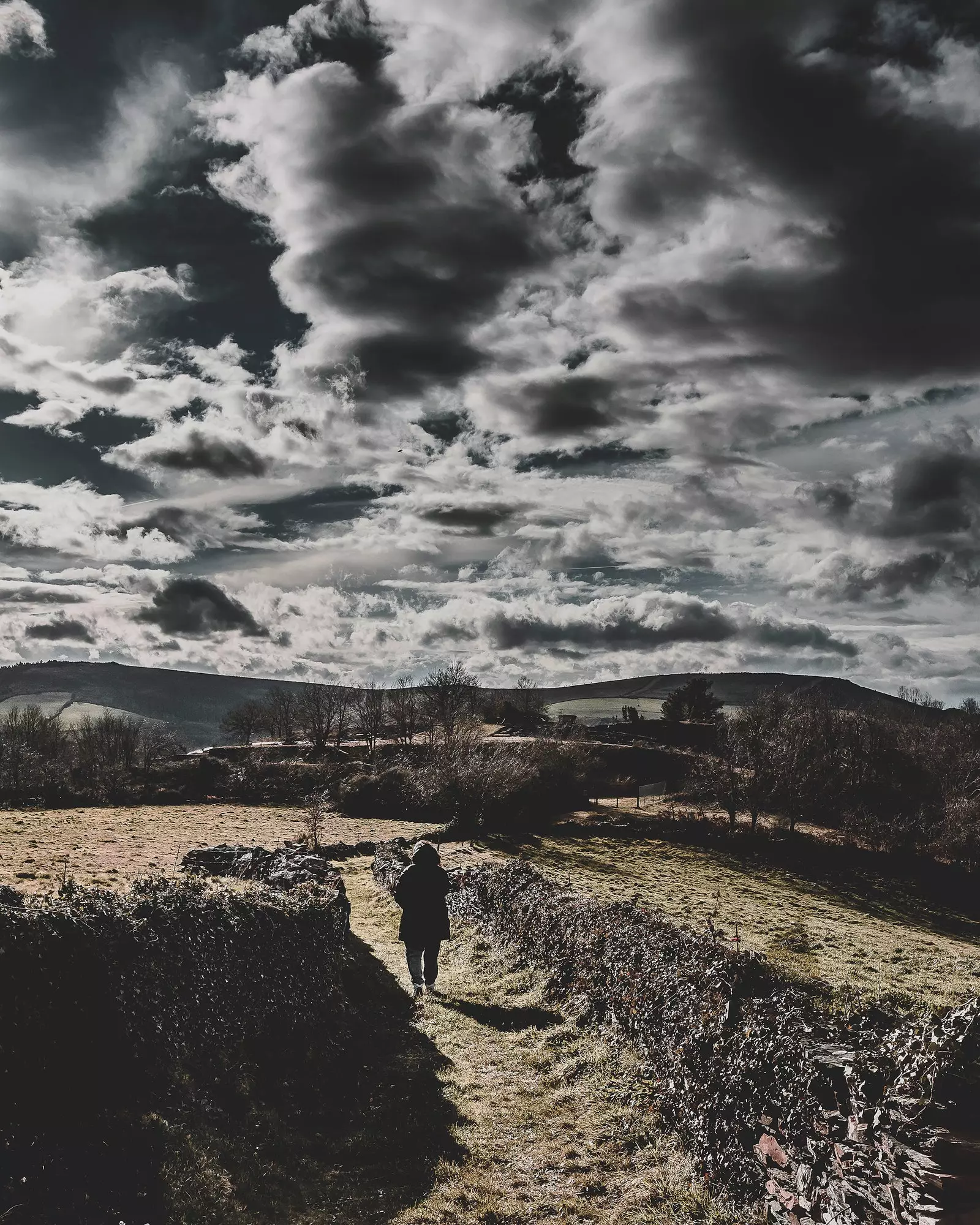
Castro del Chao Samartin
PENDIA FORT
This castro, whose origins are located in the Iron Age, between the 4th and 1st centuries B.C. and which remained inhabited until 2nd century AD , has two different spaces, the acropolis and the town, separated by the wall that culminated in a tower that allowed the surveillance of the entire complex. Located in the Council of Boal , just 7 kilometers from the capital, the visit is free and there are both circular and rectangular buildings, one of them closed by the false dome system.
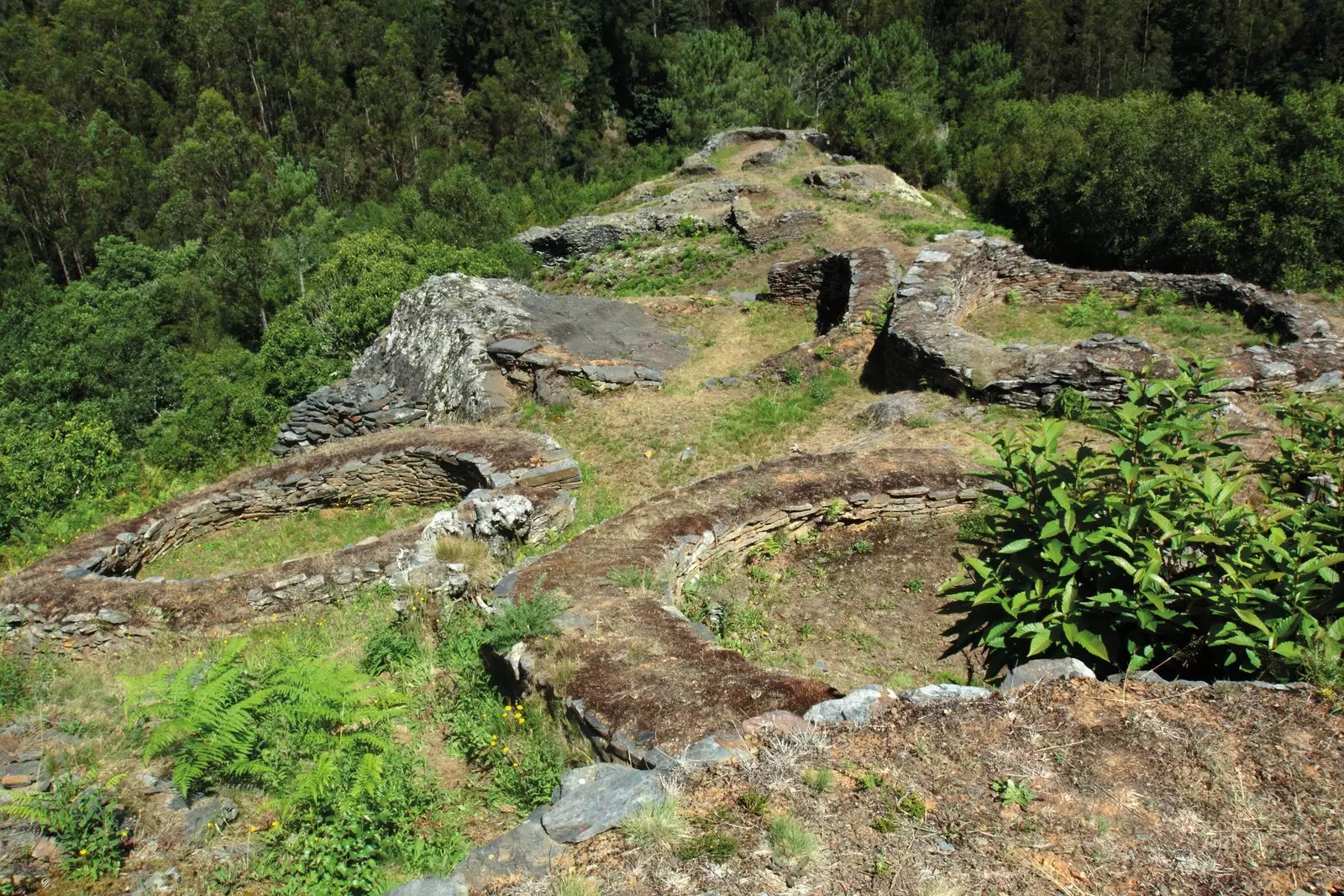
Castro de Pendia
FORT OF SAN ISIDRO AND PICO DE LA MINA
Located on the imaginary dividing line that separates the councils of Pesoz and San Martin de Oscos , in the heart of southwestern Asturias, this castro can be easily accessed by car along the track that goes to Bousono , and on foot from the** villages of Lixou and Brañavella**. Using the steep orography in their favor as a method of defense, these castros, located on a beautiful height just 200 meters from each other, offer spectacular views of all the peaks that surround them.
The archaeological excavation of both took place in the mid-1980s and its greatest singularity is that during the fortification process of the castro, set stones were installed –also called friesian horses -, between the parapets that separate the moats. These are the only examples currently existing in the region. It is currently interpreted that both were part of the Roman military parking lots present in the area during the 1st century AD and linked to the exploitation of gold mining in the area.
Currently you can visit freely, but there are no guided tours.
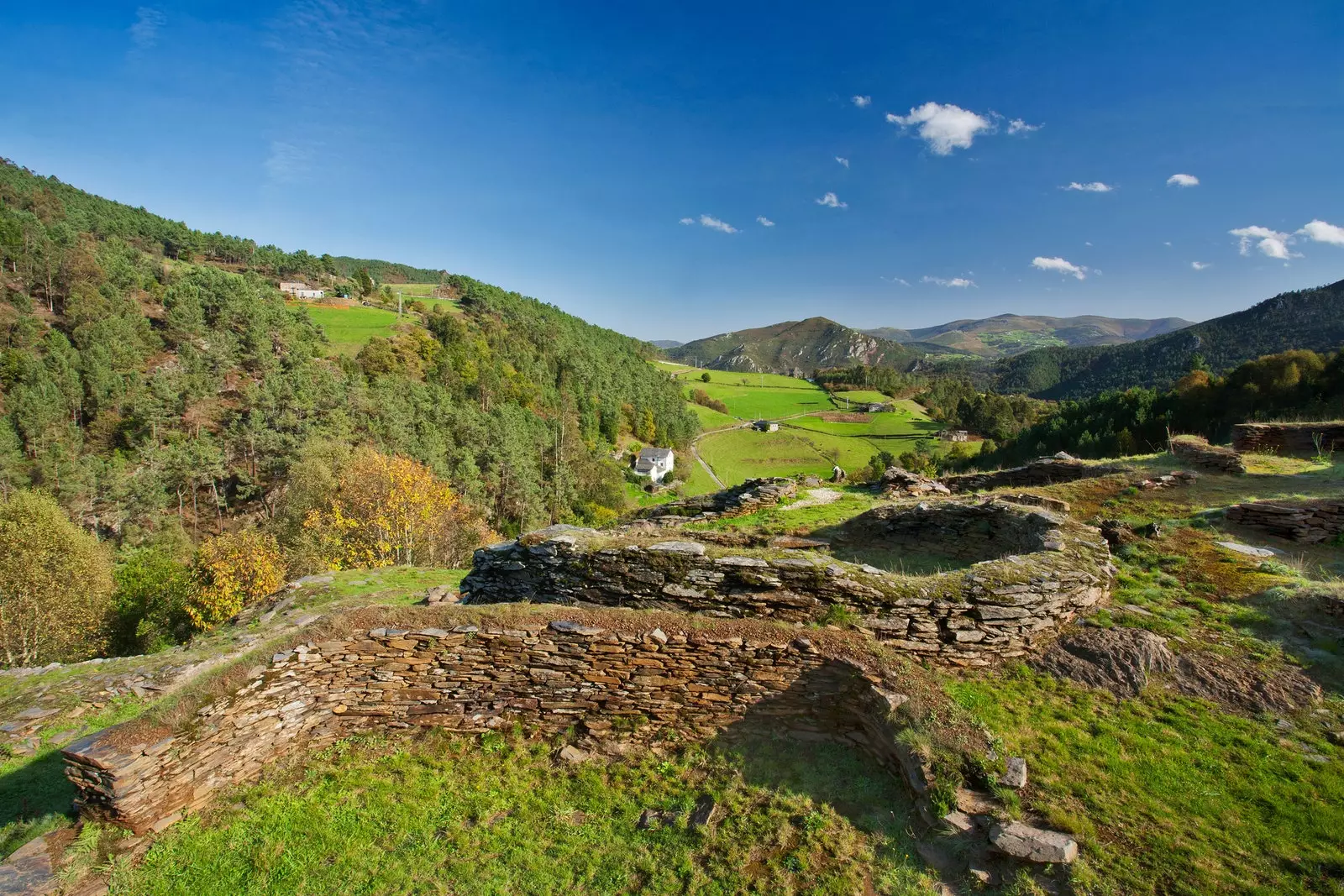
Castro de Pendia
